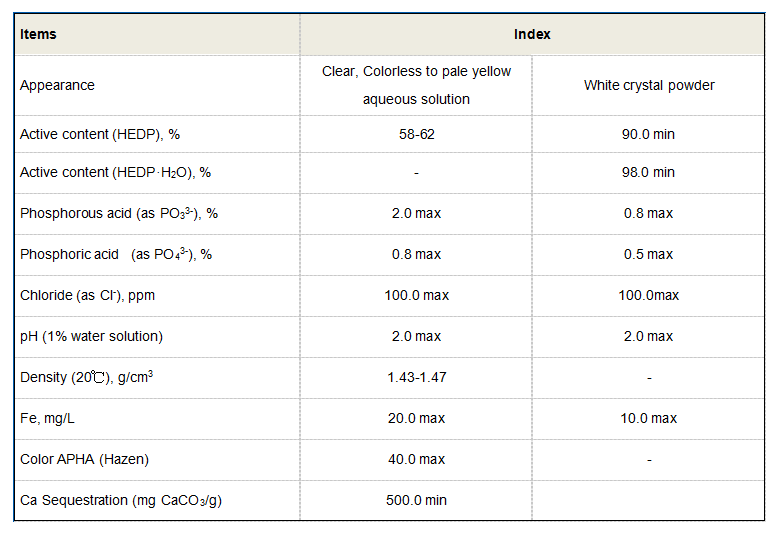polyaluminum chloride msds
Understanding Polyaluminum Chloride Safety and Handling Guidelines from the MSDS
Polyaluminum chloride (PAC) is a chemical compound widely used in water treatment, paper manufacturing, and various industrial processes. Due to its extensive application, it is important for manufacturers, workers, and emergency responders to understand the properties, hazards, and necessary safety precautions associated with this substance, as detailed in its Material Safety Data Sheet (MSDS).
Product Overview
Polyaluminum chloride is an aluminum-based coagulant that helps in the removal of suspended solids and turbidity in water. It is available in various formulations, typically ranging in aluminum content. As a versatile product, PAC is favored over conventional aluminum sulfate due to its improved performance and lower dosage requirements. The MSDS provides crucial information on its physical and chemical properties, toxicity, and safety measures.
Physical and Chemical Properties
The MSDS for polyaluminum chloride typically outlines its appearance, which can range from white to yellowish powder or granular solid. It is soluble in water, forming a clear solution, and usually has a pH between 3.5 and 5.0. The low pH indicates its acidic nature; therefore, proper precautions should be observed during handling to avoid skin and eye irritation.
The specific gravity, stability, and reactivity of PAC are also covered, informing users of the product's behavior under different conditions. It is generally stable under normal conditions, but incompatibility with strong bases and reactive metals should be underscored to prevent hazardous reactions.
Health Hazards
polyaluminum chloride msds

According to the MSDS, exposure to polyaluminum chloride may pose several health risks. Inhalation of dust or mists can lead to respiratory irritation, while skin contact may cause mild irritation or dermatitis. Eye contact poses a more significant risk, potentially leading to severe irritation or damage.
Chronic exposure, particularly to high concentrations, could result in adverse effects on the respiratory system, skin, and eyes. Symptoms may include coughing, wheezing, and irritation, necessitating the employment of appropriate personal protective equipment (PPE) to mitigate these risks.
Safety Precautions
The MSDS emphasizes the importance of using proper PPE, including gloves, goggles, and respiratory protection when handling polyaluminum chloride. Adequate ventilation is critical in workspaces where PAC is used to limit inhalation exposure.
In the event of an accidental spill, the MSDS provides guidelines for cleanup and management. It is vital to contain the spill using absorbent materials and prevent it from entering waterways. Waste disposal should follow local environmental regulations, as improper disposal can lead to contamination and regulatory non-compliance.
Emergency procedures are also outlined in the MSDS, emphasizing the need for immediate first aid measures in case of exposure. For skin contact, individuals should wash with soap and water thoroughly, while eye exposure requires flushing with water for at least 15 minutes. Inhalation of fumes demands moving the person to fresh air and seeking medical attention if symptoms persist.
Conclusion
Polyaluminum chloride is an essential industrial chemical that offers significant benefits in various applications, particularly in water treatment. However, understanding and adhering to the safety guidelines provided in the MSDS is paramount for ensuring safe usage. By following the recommended safety measures, users can mitigate health risks, maintain a safe working environment, and comply with regulatory standards. Proper training and awareness can empower workers to handle polyaluminum chloride effectively, leading to a safer and more efficient industry. Always consult the MSDS for the most current safety information and guidelines to ensure informed handling and usage of polyaluminum chloride.
-
Water Treatment with Flocculant Water TreatmentNewsJun.12,2025
-
Polymaleic AnhydrideNewsJun.12,2025
-
Polyaspartic AcidNewsJun.12,2025
-
Enhance Industrial Processes with IsothiazolinonesNewsJun.12,2025
-
Enhance Industrial Processes with PBTCA SolutionsNewsJun.12,2025
-
Dodecyldimethylbenzylammonium Chloride SolutionsNewsJun.12,2025





